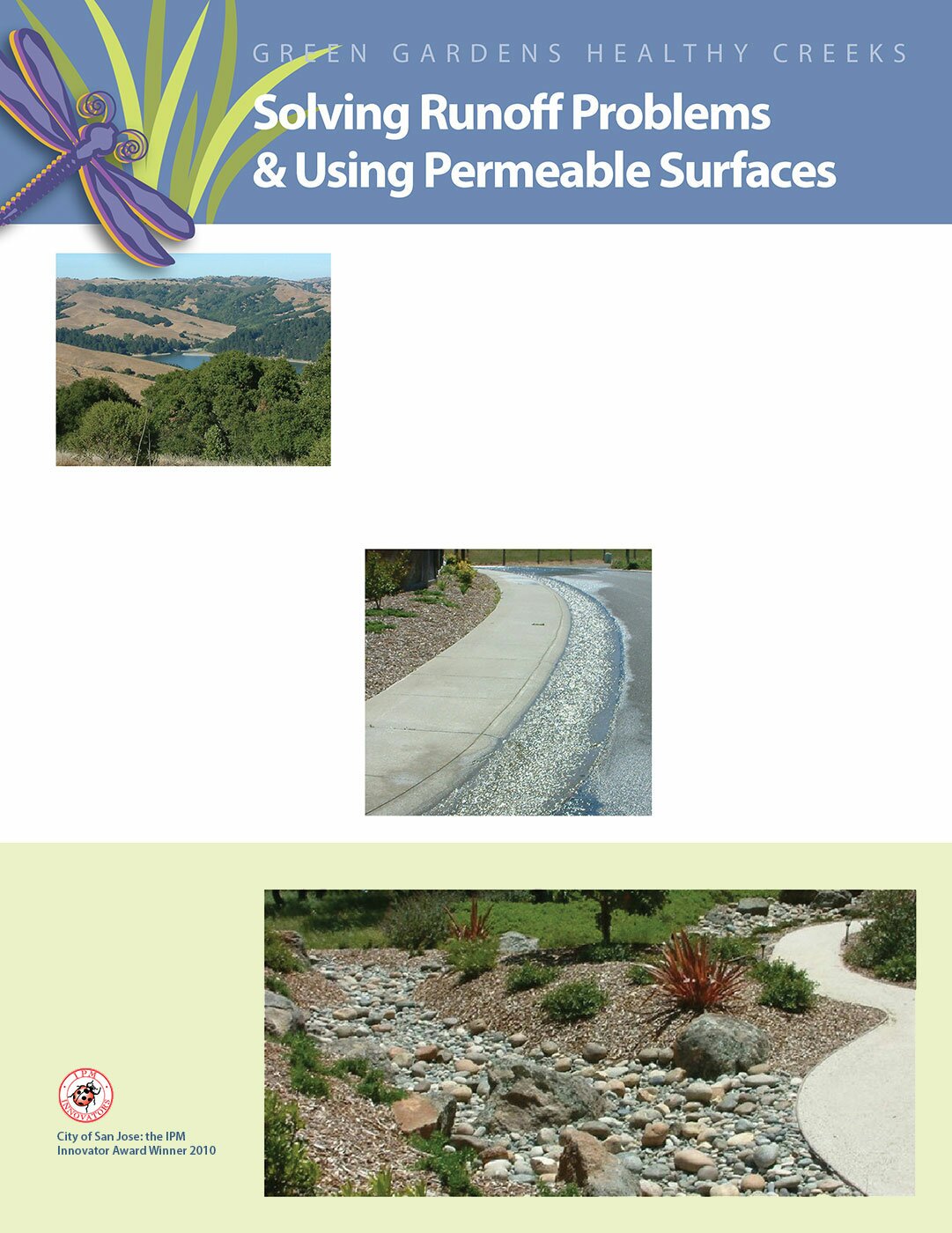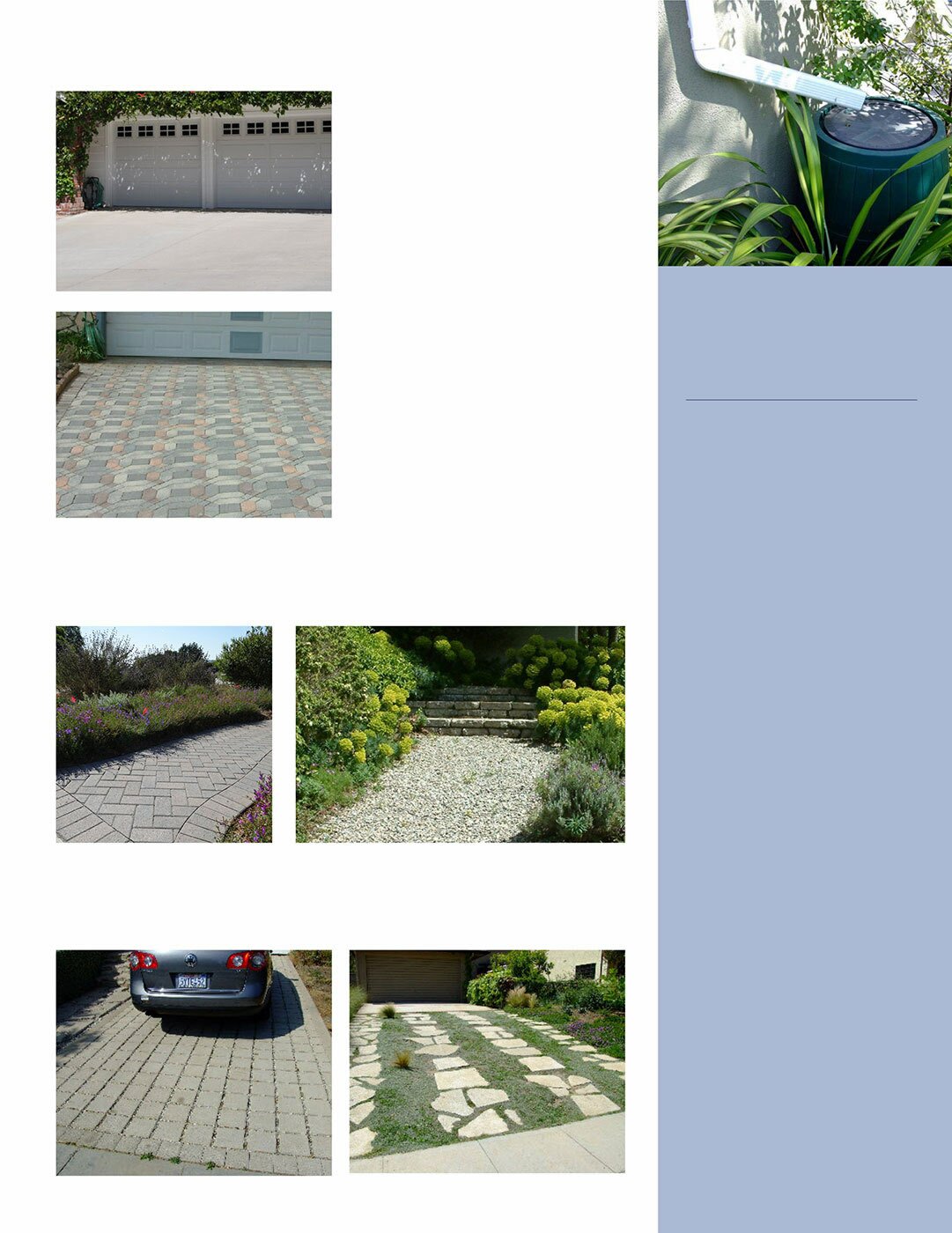
What is a Watershed?
A watershed is a land area that drains rain and other water into a creek, river, lake, wetland, bay, or groundwater aquifer. Your house, yard, and neighborhood are all part of the local watershed that flows through storm drains and into creeks, rivers, and the San Francisco Bay.
Urban Runoff
Urban runoff is the water that flows over paved surfaces or landscaping after rain, irrigation, or other outdoor water use, enters local storm drains, creeks, and other waterways.
Runoff can pick up pollutants such as litter, pesticides, fertilizers, pet waste and motor oil, and carry them into our neighborhood storm drains that flow into local creeks and the San Francisco Bay without any cleaning or filtering.
Simple Steps to Protect the Watershed:
- Clean up outside your home. Pick up trash, leaves, yard clippings and pet waste.
- Adjust your sprinklers or irrigation systems to prevent over-watering, and prevent water from draining onto driveways and sidewalks.
- Provide landscaping next to sidewalks and driveways to help collect and filter rain runoff.
- Control erosion around your property to prevent dirt and debris from being carried into storm drains.
- Read labels on pesticides, herbicides, rodenticides, and fungicides prior to use and follow instructions carefully. Try Integrated Pest Management (IPM) as a less toxic alternative for yard pest management.
Dry Creek Beds
Water coming through the landscape can be funneled into dry creek beds with catch basins.

From Impermeable to Permeable
Replacing non-permeable surfaces with permeable surfaces, i.e., any surface that helps infiltrate water into your yard will reduce urban runoff. Permeable surfaces include materials such as sand, gravel, pervious pavers, pervious asphalt, and pervious concrete. These can be installed in your yard to reduce runoff and improve water quality. The end result is cleaner, healthier waterways in our community. Below are some ideas for converting impermeable surfaces in your yard to permeable surfaces:
Walkways and Patios
1. Create walkways with materials like bark or gravel. 2. Use stepping stones or pavers with open joints filled with gravel or sand. 3. Use pervious pavers in your patio, i.e., pavers that allow water to flow through them.
Driveways
Replace concrete and asphalt driveways with permeable asphalt or permeable concrete. Use wheel tracks, also known as “Hollywood driveways,” in place of full-width asphalt or concrete driveways. Permeable pavement can also be used in wheel tracks.
Rain Water Harvesting
Water from down spouts can also be captured in rain barrels.
Additional Resources
You’re the Solution to Water Pollution
For more information about sustainable gardening, please visit www.bayareaecogardens.org